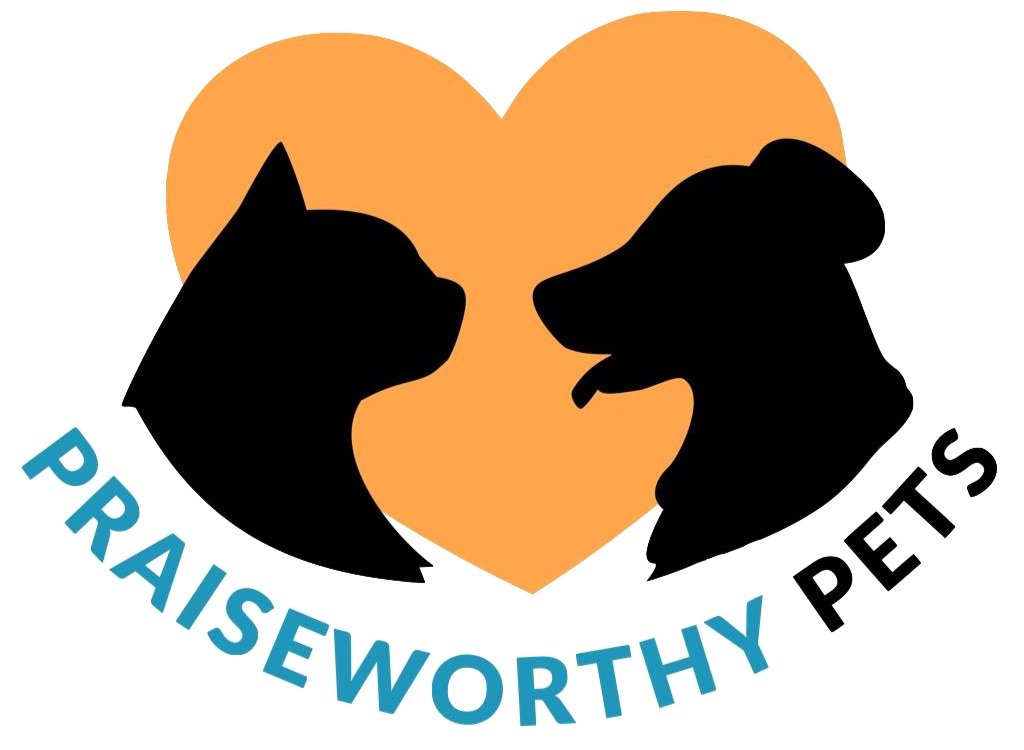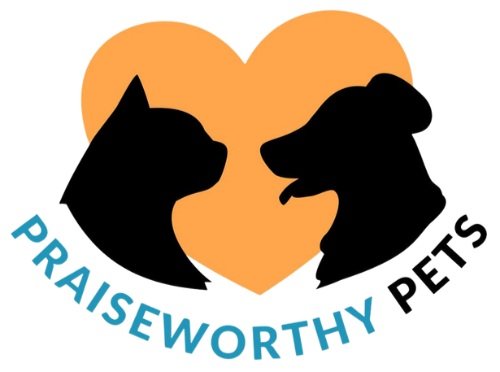How to Bring Cats into a Dog Household Safely - with Kayla Fratt
Introducing a new pet into your household can bring a whole lot of uncertainty and disruption. How you manage those initial introductions is crucial if you want a peaceful home for everyone.
Kayla Fratt, certified dog and cat behavior consultant, has plenty of experience introducing cats and dogs to each other. She knows what to watch out for, how to set everyone up for success, and most importantly, how to keep everyone safe.
She joined me on the It’s Training Cats and Dogs podcast to share her experience of multi-animal households and her best advice for others in the same boat.
If you'd like to listen to the episode, press play below:
Read some of our conversation below, edited for clarity.
So, tell us a bit about your history with dogs and cats
I grew up with cats throughout my whole childhood and eventually got our first dog when I was in fifth grade. So, from there onwards, it was a multi-species household. After graduating college, I got Barley, and soon after, I fostered a litter of kittens.
Working in shelters, I always enjoyed working with the really young, bottle-fed kittens, and I’d often get to take them home. I later fostered more cats for the Humane Society of Western Montana. So, Barley has endured multiple litters of kittens. I later got another dog, called Niffler, who’s now met his fair share of kittens as well.
In the last year and a half, I’ve also taken in pregnant cats, so I’ve had to introduce adult cats to the dogs as well, which is generally harder. I’m a certified dog behavior consultant and I’ve also done a lot of cat behavior consulting and introductions for clients, so that definitely helps.
Introducing border collies to cats
Everyone knows that collies like to chase stuff. So, how do you bring a cat into a house with a border collie and keep them safe?
Barley was three and a half when he first started meeting cats. He’s not much of a herder for a border collie, whereas Niffler is a different story. He will happily freeze and stare at something for hours, ready to chase it.
When we first introduced Barley to cats, they were bottle baby kittens who would just live in a big dog crate. So, it was easy for Barley to adjust because we were just fostering them. It did give him some experience with kittens before we ended up bringing in older cats.
With our adult foster cats, a big part of the process is selecting the right cat for my household. My dogs were here first, after all. So, when the shelter shoots me an email or gives me a call asking for help with a foster, the first question I have is, how is the cat with dogs? But in a lot of cases, they just don’t know. So, I’m really careful in selecting a cat that looks pretty cool and confident.
Setting up a safe space for cats
When bringing kittens or pregnant cat moms back, Kayla’s first step is always to find a nice quiet space. Having them in a separate room lets the dogs get used to the smell and hearing noises through the door before they meet.
Once the kittens are old enough, she uses a baby gate that the cat can crawl underneath, but the dog can’t get through.
Another tactic Kayla uses is holding the dogs on a leash and playing Look at That-style games to reward the dogs for disengaging from the cat when they appear. She’ll also try to ensure the cat is stationary when they first come out so as not to trigger the herding behavior right off the bat.
Kayla usually places a mat for the cat to lick food off and rewards the dog if they look away and disengage. This engage-disengage practice needs to be built up over time as the cat does more and more exciting things.
The aim: Get to the point where the dog is almost bored by the cat, even if they’re playing.
There’s an extra level of challenge if you’re working with a herding dog. It can be really tough to reel a herding dog back in once they’ve locked onto something. So, the trick is to carefully introduce the dog and cat and gradually get them sitting closer and closer together. You want both animals entertained and distracted from each other rather than starting a game of chase.
Should you get a kitten or an adult cat?
In Kayla’s opinion, kittens are easier, especially if they’re super young. You start from scratch with a kitten.
If you can’t have a kitten, going for a cat with experience with dogs is the next best choice. Kayla looks for cats that are cool and confident in the shelter and a variety of situations. That’s a good sign they’ll be able to handle a dog. A confident cat will be able to set and reinforce their own boundaries (which makes things easier for you).
Some things to think about before bringing a cat home:
If the dog has really intense fixations on cats, this could be an issue and you might want to avoid adopting a cat.
What is the dog breed like with cats usually? Is there a big prey drive or herding tendencies?
Think about size differences. If you’ve got a boxer dog chasing cats, it’s a bit more concerning than a Shih Tzu chasing a cat.
Disengagement training for dogs
In a lot of cases, you’ll bring a cat home, and the dog will be going crazy at the baby gate or door. That doesn’t mean a peaceful household is out of the question.
Kayla’s got a few tricks up her sleeves that you can try out.
Ensure there are two barriers between the dog and cat – for example, a baby gate and a closed door
Keep safe spaces for the cat to retreat to, ideally high up on cat trees or shelves
Make sure the dog’s exercise, play, and social needs are met BEFORE a training session. If your dog is full of energy, now’s not the time to train and expect them to ignore the cat.
Don’t overexercise your dog. Burning excess energy is good, but don’t let your dog get exhausted. You’ll end up with cranky toddler behavior on your hands.
Practice disengagement. Start training your dog to ignore a bowl of food or their favorite toy and reward them for disengaging. Try this out with lots of distractions. It’ll get your dog into the habit of disengaging when there are distractions – very handy if you’re planning to bring a cat home.
Learn to read your pets’ body language
Pets have their own boundaries and will essentially self-regulate in a lot of scenarios. But that doesn’t mean you should just leave them to it. Similarly, being a helicopter dog parent also doesn’t really work. It’s a fine balance.
The best thing you can do is learn to spot your pet’s body language cues when they’re not happy or are stressed. This isn’t always obvious because not all dogs or cats act the same. Your cat might have a particular quirk they do when they’re cranky that only you recognize.
In Kayla’s case, Barley was getting a little flustered when the kittens started trying to nurse on him. While he didn’t growl or vocalize, he was hard staring at them with his teeth bared. With the kittens being really young, they didn’t pick up on that, so Kalya scooped them up and took them away.
If your dog is growling or bearing its teeth, or maybe your cat is hissing or hitting the dog on the nose, you shouldn’t ignore these signals. Usually, the other animal will get the picture and back off, but if not, then it’s time to jump in.
Kayla’s advice overall is to watch everyone closely, make slow, short introductions to begin with, and make sure your animals have plenty of engaging activities to keep them happy.

